How to Wingfoil: The Ultimate Beginner’s Guide [2024]
How to Wingfoil: A Complete Beginner’s Guide
Wingfoiling is an exciting, fast-growing water sport that combines elements of windsurfing, kiteboarding, and surfing into one thrilling experience. With a wing held in your hands to harness the power of the wind and a hydrofoil attached to your board for lift, wingfoiling offers a unique sense of freedom and control on the water. Whether you’re a beginner looking to try something new or an experienced water sports enthusiast, wingfoiling has something for everyone.
In this guide, we’ll cover everything you need to know to get started with wingfoiling—from the essential gear to beginner-friendly techniques. With the right knowledge and preparation, you’ll be well on your way to mastering the basics of this exhilarating sport.
Essential Wingfoiling Equipment for Beginners
1. Choosing the Right Wing for Wingfoiling
The wing is your primary tool in wingfoiling, as it captures the wind to propel you forward. Wings come in various sizes, materials, and designs, each suited to different skill levels and conditions.
- Size: For beginners, a wing between 4m² to 6m² is generally recommended. Larger wings provide more lift in light winds, making them easier to control and ideal for learning.
- Materials: Most wings are made from durable materials like ripstop nylon and Dacron. These materials help the wing withstand strong winds and impacts, ensuring a stable and safe learning experience.
- Beginner Recommendations: Look for wings that are easy to inflate, durable, and have strong handles or a boom for easy grip. Some beginner-friendly wings even come with windows for better visibility.
2. Choosing the Best Board for Wingfoiling Beginners
The board you choose significantly affects your wingfoiling experience. Since beginners need extra stability, selecting the right board is essential for building confidence on the water.
- Type: A stand-up paddleboard (SUP) or dedicated wingfoil board is often ideal for beginners. These boards are stable, buoyant, and provide the extra lift needed for those just starting out.
- Size: For beginners, a board with high volume (approximately 100–130 liters or more, depending on your weight) offers better balance. More volume means more stability, which is crucial while you’re learning to handle the wing.
- Foil Attachment: Ensure your board has a foil mount, as this will allow you to attach a hydrofoil once you’re ready to progress to the next level. The hydrofoil lifts you above the water’s surface, reducing drag and adding speed and agility to your ride.
3. Essential Safety Gear for Wingfoiling
Safety is key in wingfoiling, especially for beginners. Proper protective gear helps prevent injury and provides added security while you’re learning.
- Helmet: Protecting your head is essential, as falls can be unpredictable. Choose a lightweight, water-resistant helmet designed for water sports.
- Leashes: A leash ensures your board stays close to you if you fall. There are separate leashes for the board and wing, both of which prevent your gear from drifting away.
- Wetsuits and Booties: Staying warm and protected from scrapes or sharp objects in the water is vital. A wetsuit will keep you comfortable in various temperatures, while booties offer grip and protect your feet.
Getting Started with Wingfoiling: A Step-by-Step Guide
1. Preparing Your Wingfoiling Gear
- Inflate Your Wing: Make sure your wing is properly inflated according to the manufacturer’s recommendations. The right inflation level will ensure that the wing handles well and maintains its shape.
- Attach Your Leashes: Secure your leashes to both the wing and the board. This will keep your gear close by if you fall, making it easier to get back on quickly.
2. Finding Your Balance on the Wingfoil Board
- Stance: Start by standing on your board in a neutral stance with your feet shoulder-width apart. This balanced position gives you more control as you get accustomed to handling the wing.
- Knees Bent, Core Engaged: Keep a slight bend in your knees and engage your core. This lowers your center of gravity, helping you maintain stability on the water.
- Hand Placement: When you’re ready, pick up the wing by the handles or boom. Hold it gently with your arms slightly bent and shoulder-width apart.
3. How to Hold and Control the Wing
- Basic Wing Position: Hold the wing in a neutral position overhead, where it catches a minimal amount of wind. This position will keep you steady as you get comfortable standing on the board.
- Finding the Wind: When you feel ready, angle the wing slightly to catch the wind. Small adjustments in the wing’s angle and position will let you control the amount of power it generates.
- Learning to “Sheet In” and “Sheet Out”: Pulling the wing closer to your body (sheeting in) will increase power, while letting it out (sheeting out) will decrease it. Practice this movement to understand how to control your speed and direction.
4. Moving Forward on the Wingfoil Board
- Catch the Wind: Start by slightly angling the wing to catch a bit of wind. This will give you forward motion without overwhelming you.
- Push Through Your Legs: Use your legs to push against the board and maintain balance. As the wing pulls you forward, adjust your stance and weight to stay stable.
- Experiment with Different Wing Angles: Try moving the wing in different directions and angles to get a feel for how each movement affects your forward momentum.
5. Practicing Basic Turns and Maneuvers
- Turning: To change directions, shift your weight gently and guide the wing in the direction you want to go. Keep your movements slow and controlled as you practice.
- Stopping: When you want to stop, let the wing out (sheet out) to decrease power and slow down. Practice this movement so you can stop smoothly when needed.
Learning Basic Wingfoiling Maneuvers
1. Understanding Neutral Positioning
Start in a neutral position when adjusting or resting. This means holding the wing overhead in a way that catches minimal wind, allowing you to focus on your stance and balance.
2. Navigating Upwind and Downwind on a Wingfoil Board
- Upwind: Point your board slightly into the wind to move upwind. This position requires more control but helps you maintain a specific route.
- Downwind: Turn the board slightly away from the wind to move downwind, which can provide a smoother and easier ride for beginners.
3. Practicing Upwind and Downwind Transitions
- Upwind Transition: Shift your weight slightly towards the front of the board, using the wing to pull you in an upwind direction.
- Downwind Transition: Lean slightly back and allow the wing to pull you gently downwind. Practice each transition in light wind to develop control.
Common Beginner Mistakes & How to Avoid Them
As with any new sport, beginners in wingfoiling often encounter a few common challenges. Understanding these typical mistakes and learning how to avoid them will help you progress faster and enjoy your sessions more safely.
1. Overgripping the Wing
One of the most frequent mistakes beginners make is gripping the wing too tightly. This can lead to fatigue in your arms and reduced control over the wing.
- Solution: Keep a relaxed grip on the wing’s handles. Use your core and balance to control the wing, rather than relying on arm strength alone.
2. Standing Too Upright
New wingfoilers often stand too upright on the board, which makes balancing difficult and increases the chance of falling.
- Solution: Bend your knees slightly and engage your core. This stance lowers your center of gravity, giving you better control over the board and wing.
3. Using the Wrong Wing or Board Size
Choosing the wrong size wing or board can hinder your learning experience. A wing that is too large or a board that is too small for your skill level can make wingfoiling unnecessarily challenging.
- Solution: For beginners, select a wing size between 4m² to 6m² and a board with high volume (at least 100–130 liters, depending on your weight). Using the right equipment will make learning smoother and more enjoyable.
4. Ignoring Wind Conditions
Wind conditions play a critical role in wingfoiling. Beginners often overlook checking wind speeds and directions, leading to challenging or even unsafe experiences.
- Solution: Always check the wind forecast before heading out. Aim for moderate wind speeds (10–15 knots) as a beginner. Avoid high winds until you’re more experienced and comfortable handling the wing.
5. Rushing Through Techniques
Wingfoiling requires patience and practice. Some beginners try to rush through techniques, which can lead to frustration and slow down progress.
- Solution: Take your time to master each step, from balancing on the board to maneuvering the wing. Gradual progression helps build confidence and skill over time.
6. Not Taking Enough Breaks
Wingfoiling is physically demanding, especially for beginners. Without regular breaks, fatigue can set in quickly, making it harder to maintain balance and control.
- Solution: Pace yourself and take breaks as needed. Staying hydrated and resting helps you maintain energy and focus, making your wingfoiling sessions more productive and enjoyable.
Avoiding these common mistakes will help you build a solid foundation in wingfoiling and make your learning experience smoother. With patience and practice, you'll soon be ready to tackle more advanced techniques.
Frequently Asked Questions
As a beginner in wingfoiling, you may have several questions about getting started and making progress. Here are answers to some of the most common questions asked by new wingfoilers.
1. How long does it take to learn wingfoiling?
The time it takes to learn wingfoiling varies depending on factors like previous water sports experience, weather conditions, and the frequency of your practice sessions. Most beginners can get the basics down within a few days of practice, but reaching an intermediate level can take a few weeks. Consistent practice and learning at your own pace will help you progress faster.
2. What are the best wind conditions for beginners?
Ideal wind conditions for beginners range from 10 to 15 knots. These moderate wind speeds provide enough power to practice maneuvers without overwhelming you. Avoid high winds until you have gained more experience and control over the wing.
3. Do I need prior experience in other water sports?
While prior experience in sports like windsurfing, kiteboarding, or surfing can be helpful, it is not required. Wingfoiling has a learning curve that is accessible to beginners, and many people pick it up with no prior experience. A bit of balance and patience goes a long way in mastering the basics.
4. Can I wingfoil in any body of water?
Wingfoiling is best suited to open bodies of water with sufficient wind. Ideal locations include lakes, bays, and ocean spots with steady winds and minimal obstacles. Avoid areas with strong currents, heavy boat traffic, or crowded shorelines, as these conditions can pose safety risks.
5. What type of board should I use as a beginner?
Beginners benefit from using boards with high volume and good stability. A stand-up paddleboard (SUP) or a dedicated wingfoil board with a volume of 100–130 liters or more is ideal for beginners, as it offers the balance needed while learning.
6. How do I know when I’m ready to use a hydrofoil?
Once you’re comfortable balancing on a standard wingfoil board and can confidently control the wing in different directions, you may be ready to add a hydrofoil. The hydrofoil adds speed and allows you to lift above the water’s surface, but it also requires more control and skill. Take your time learning on a standard board before making the transition.
7. What safety precautions should I take?
Safety is crucial in wingfoiling. Wear a helmet, use leashes for both the wing and board, and always check the wind conditions before heading out. It’s also recommended to wear a wetsuit for protection and to stay visible to others on the water.
These FAQs cover some of the most common questions beginners have about wingfoiling. With the right approach and safety precautions, you’ll be ready to enjoy the water with confidence!
Conclusion: Start Wingfoiling with Confidence
Getting started with wingfoiling is an exciting journey that combines elements of balance, control, and the thrill of being on the water. By selecting the right equipment, practicing foundational techniques, and avoiding common beginner mistakes, you’ll build a strong foundation in the sport.
Remember, progress in wingfoiling comes with patience and consistent practice. As you continue learning, you’ll gain the skills needed to tackle more advanced maneuvers and even try out different locations with varying wind conditions.
Ready to take your wingfoiling experience to the next level? Explore more of our resources:
- Wing Foil Wing Size Chart: Find the Best Wing Size for Your Weight and Skill Level
- Wing Foil Board Size Chart: Choose the Right Board for Your Ride
These guides will help you fine-tune your setup and get the most out of every wingfoiling session. So grab your gear, head to the water, and start enjoying the unique thrill of wingfoiling!



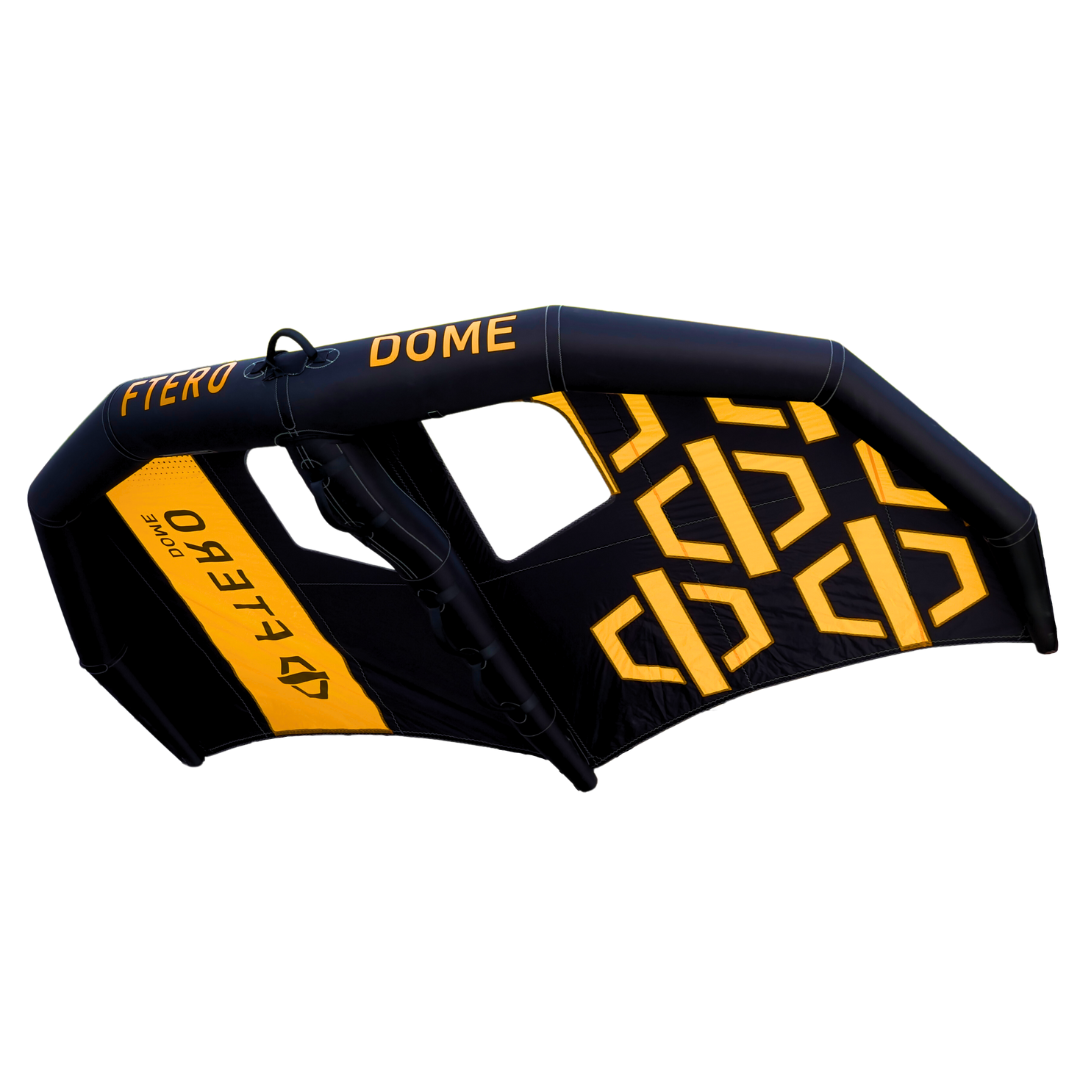
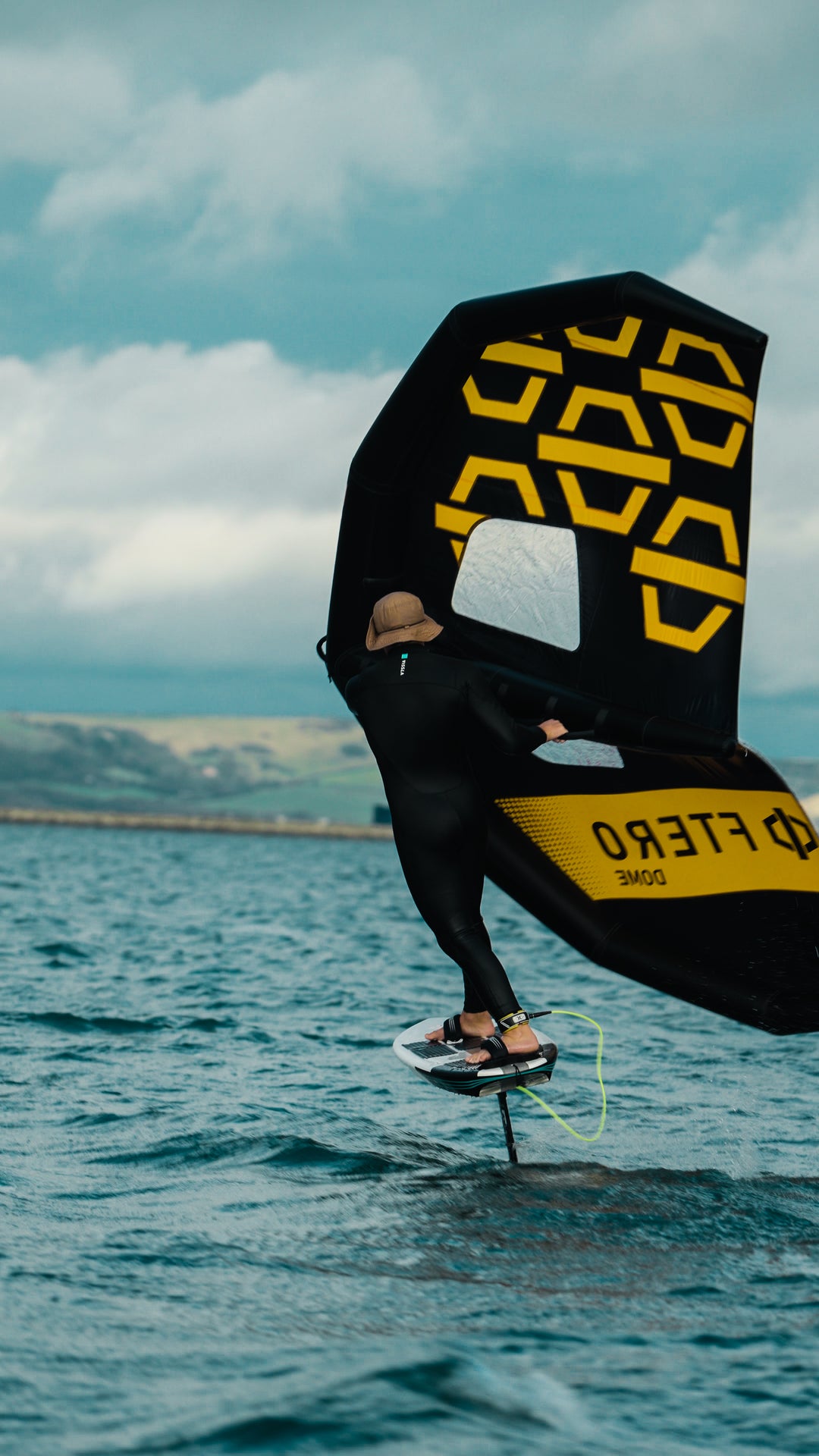
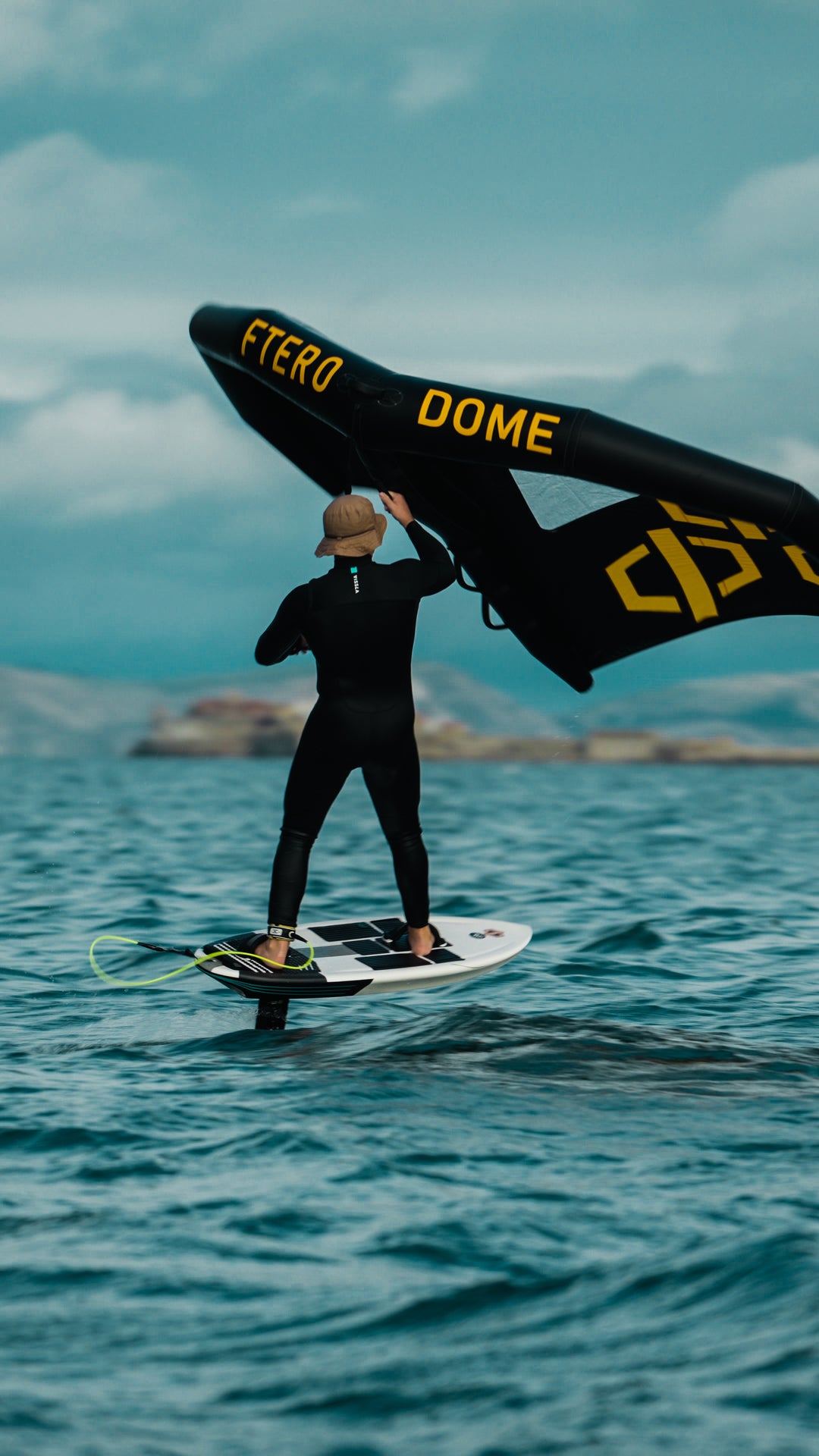

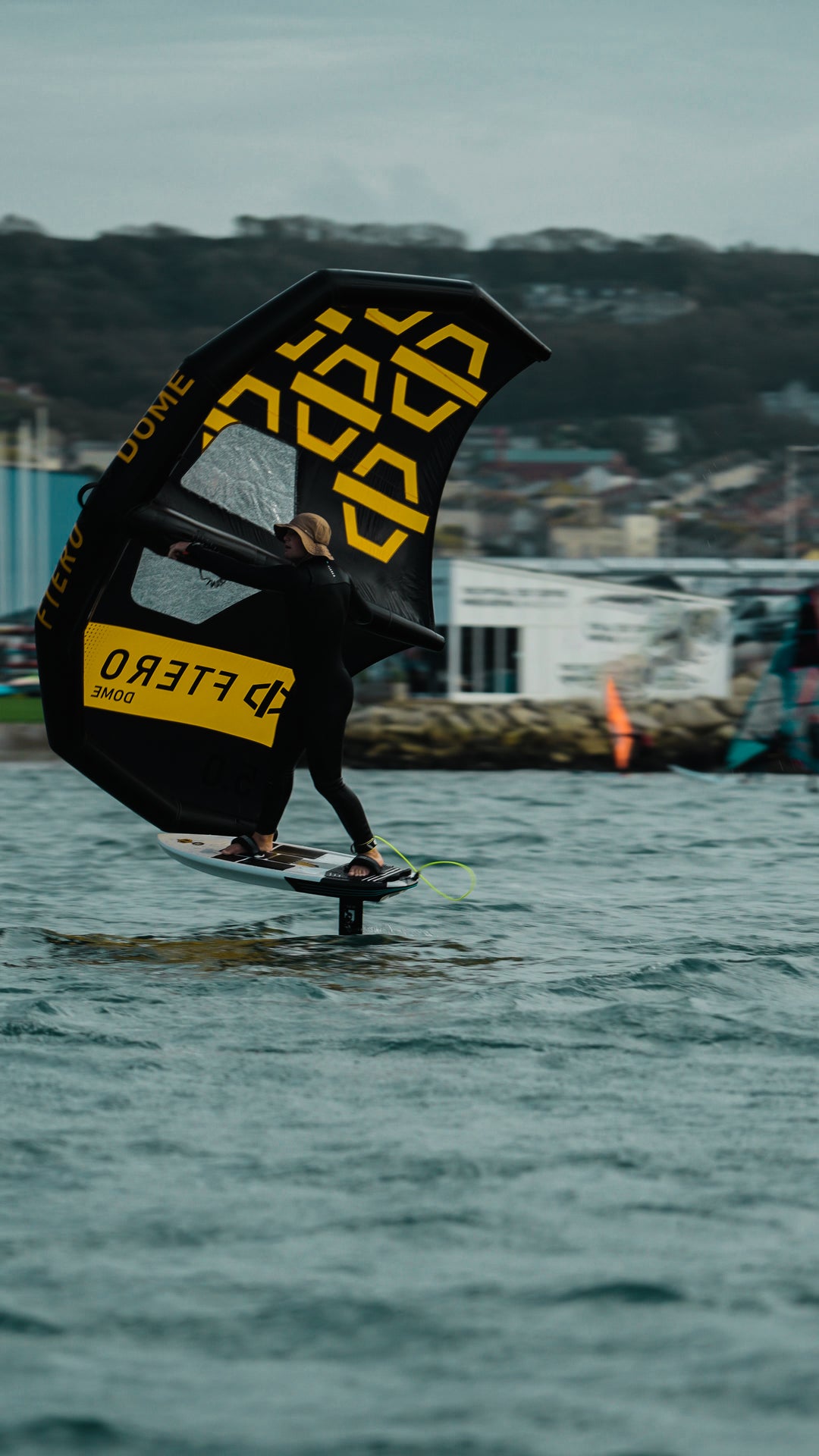
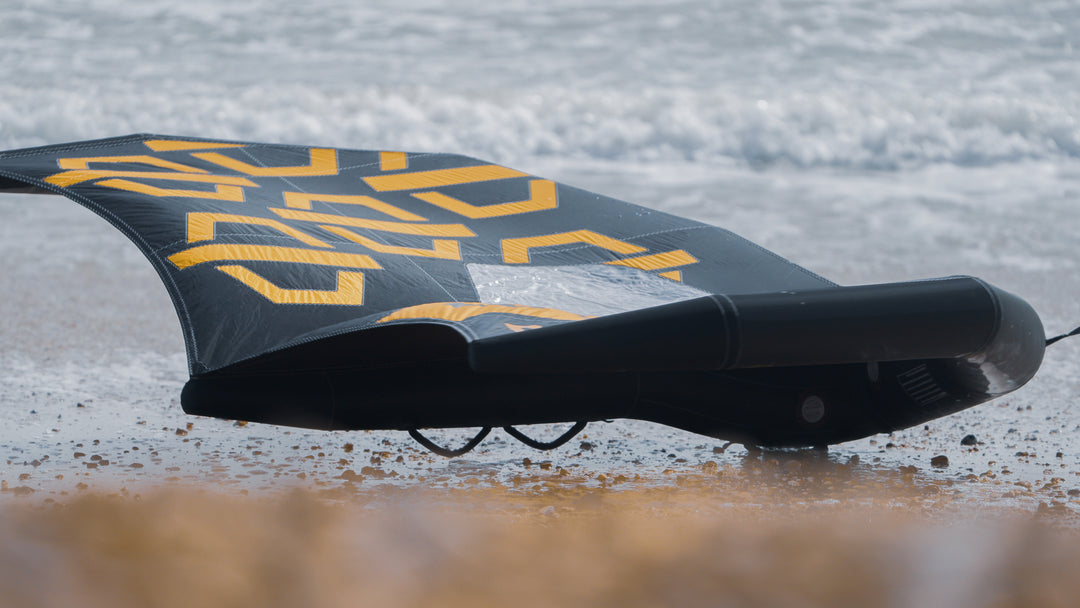
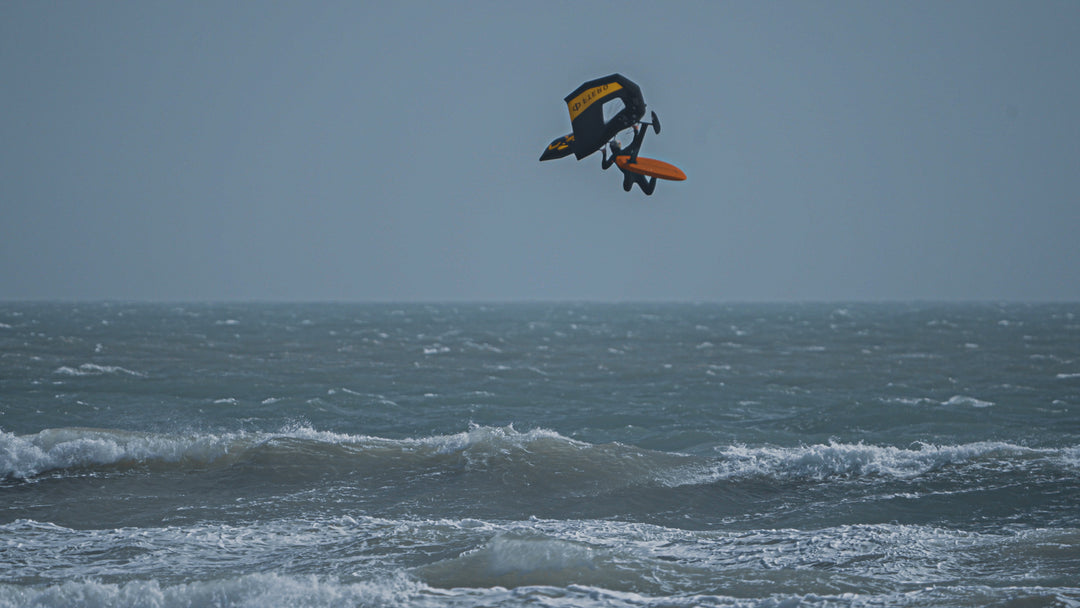
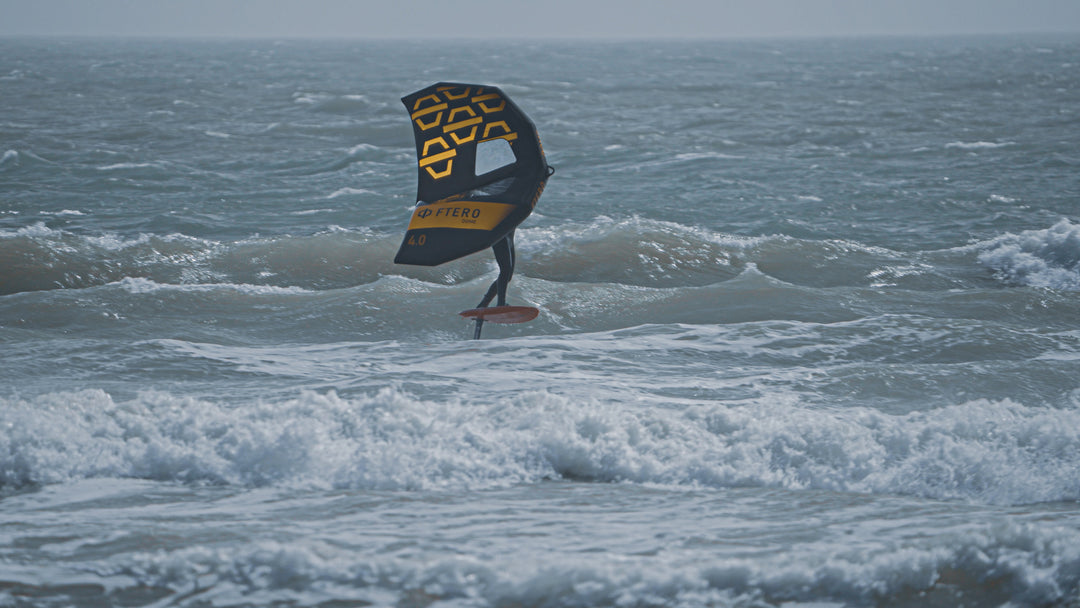
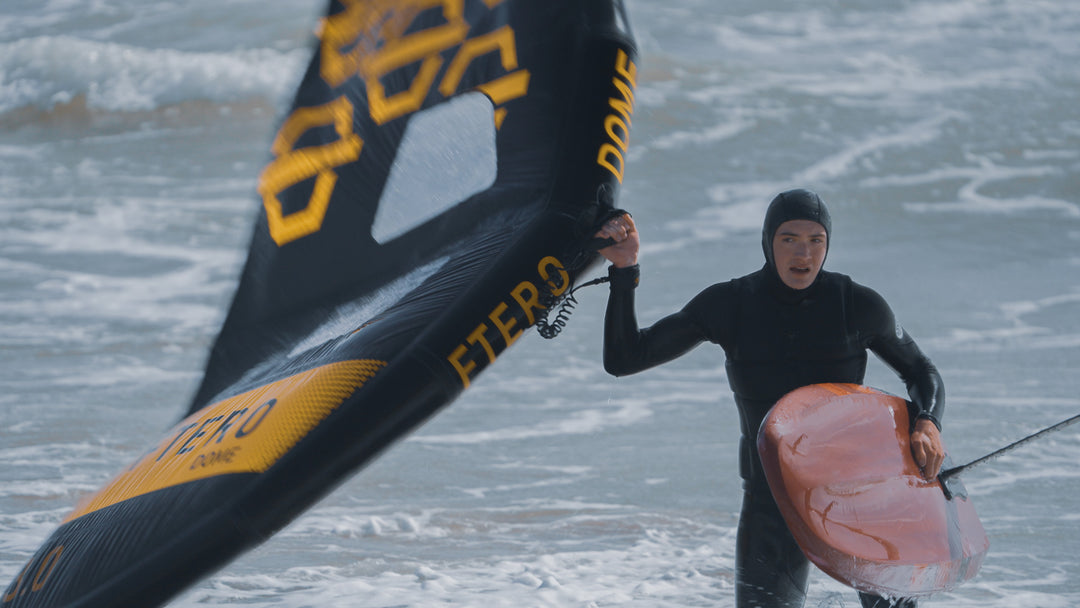
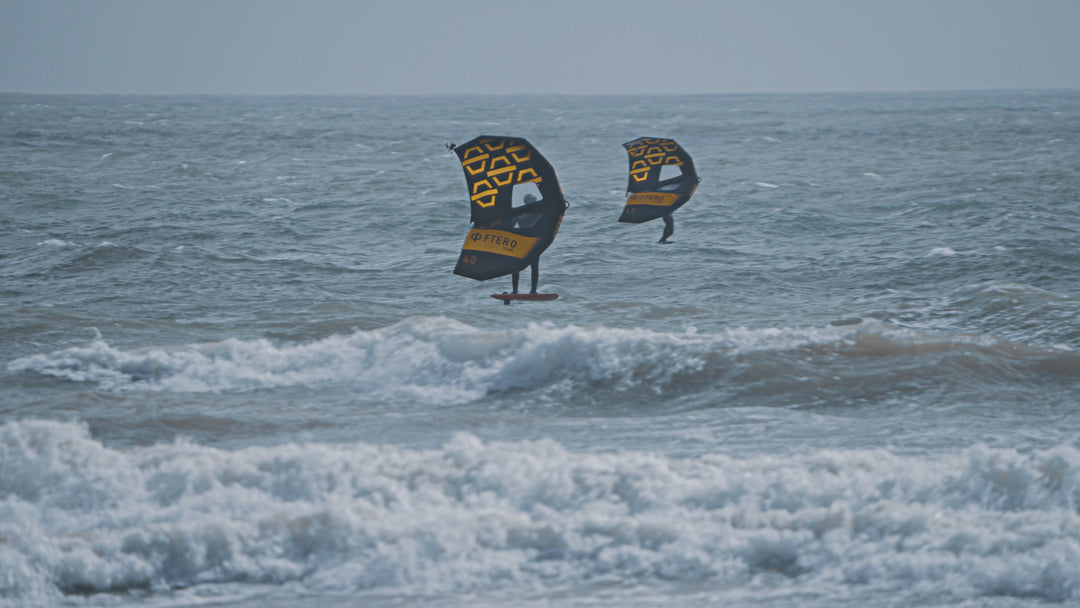
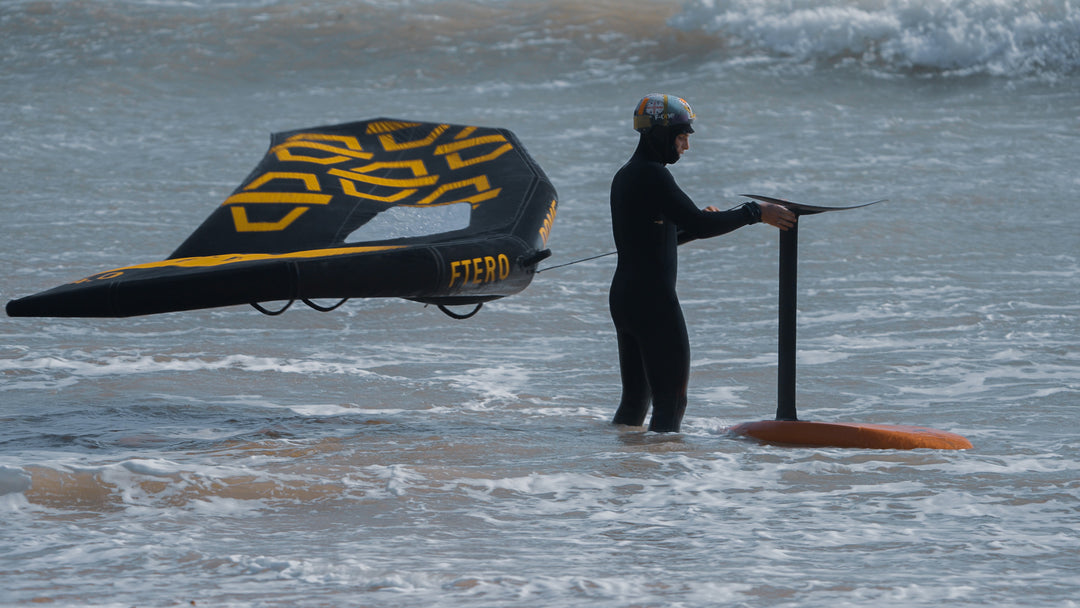
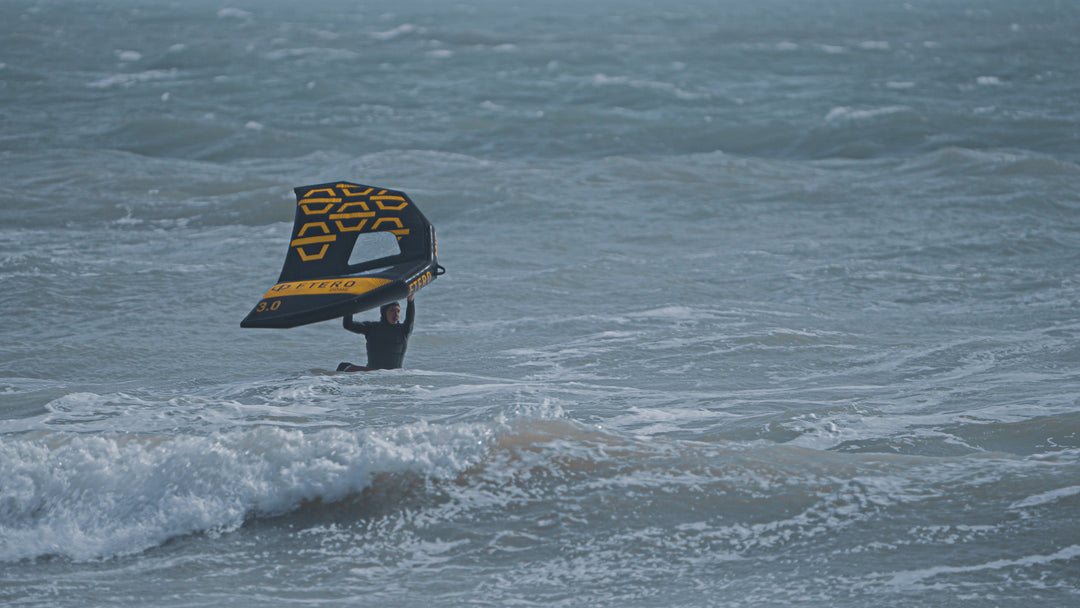
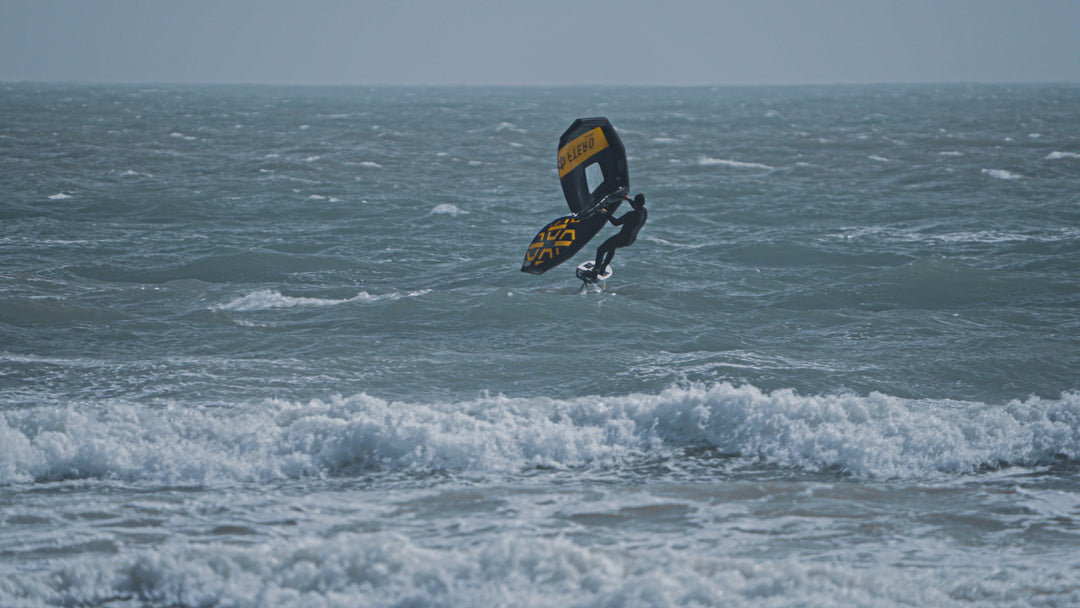

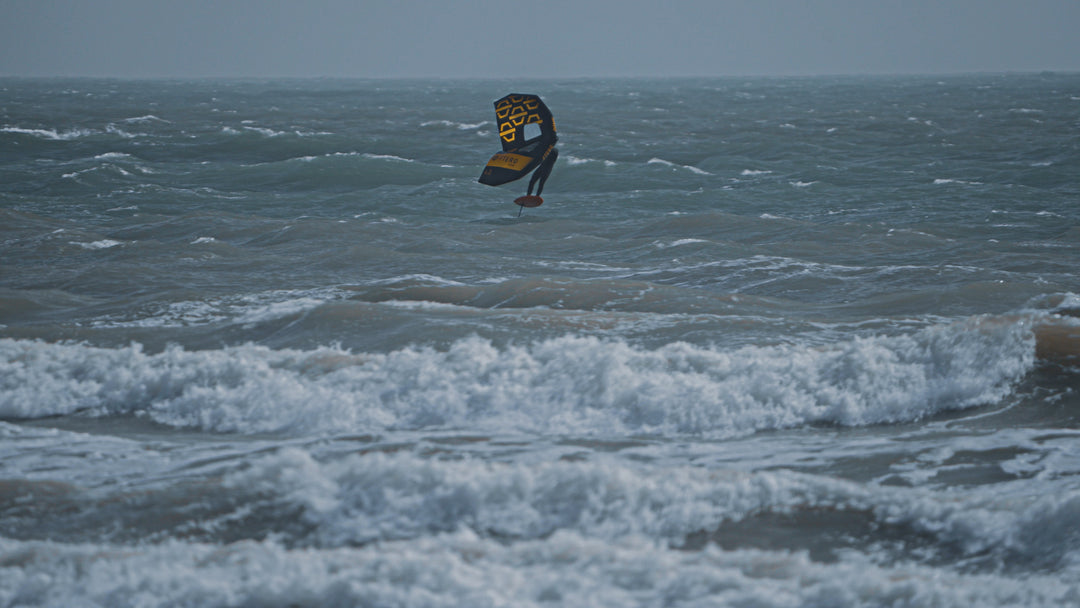

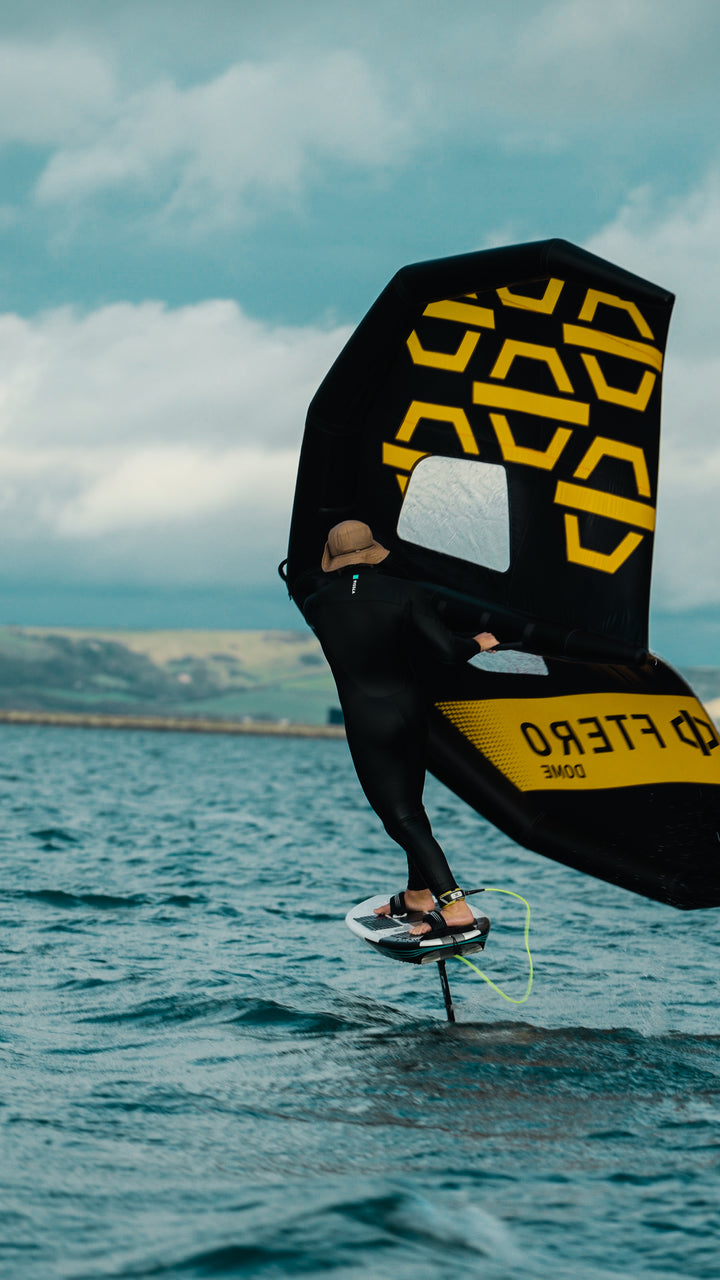
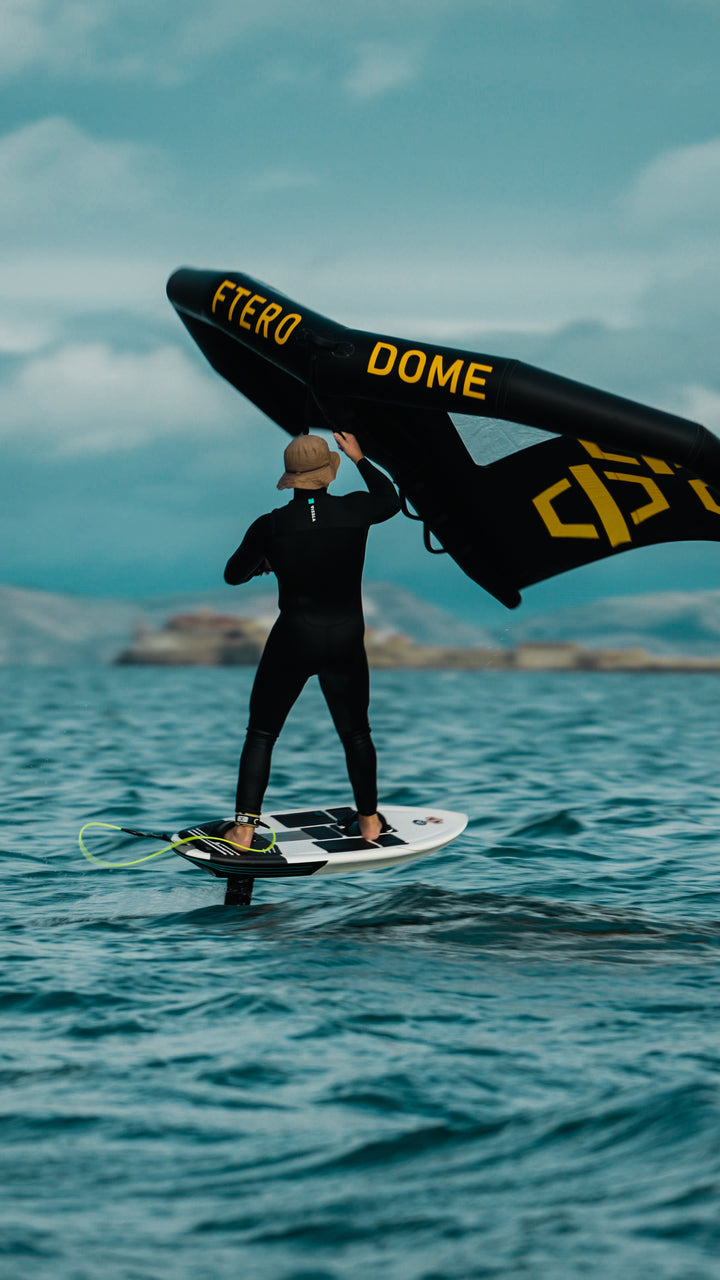
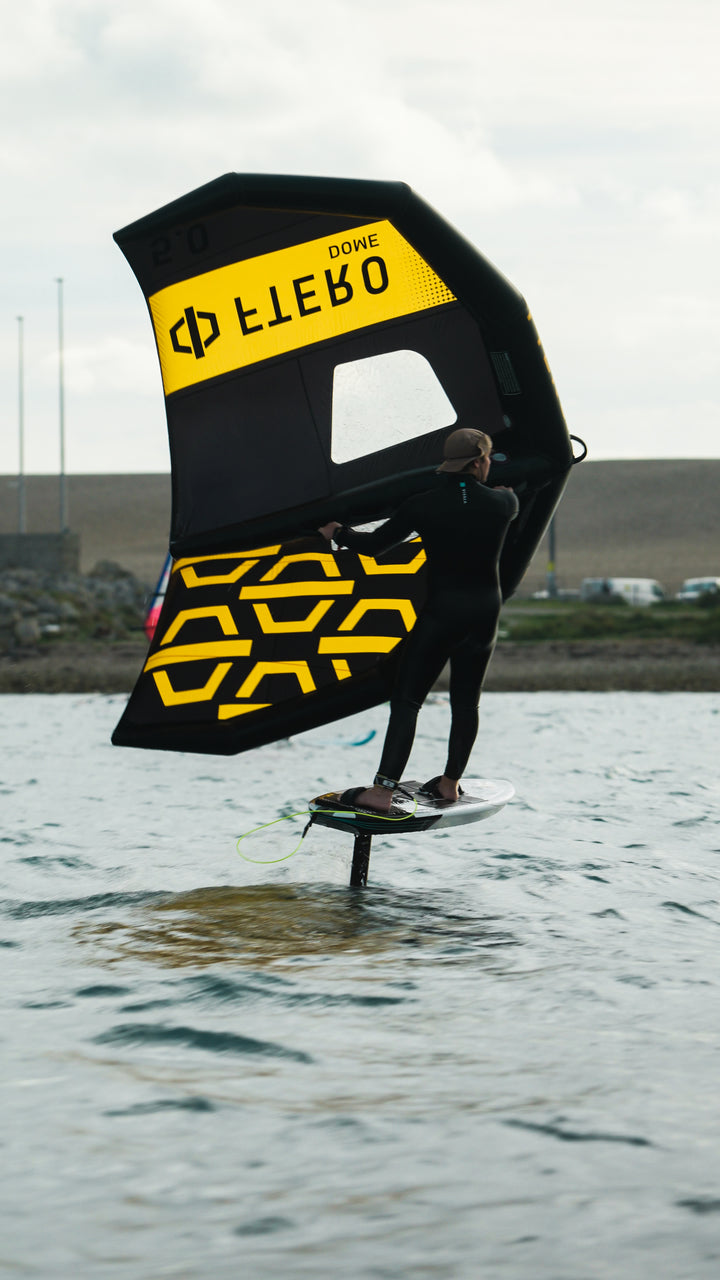
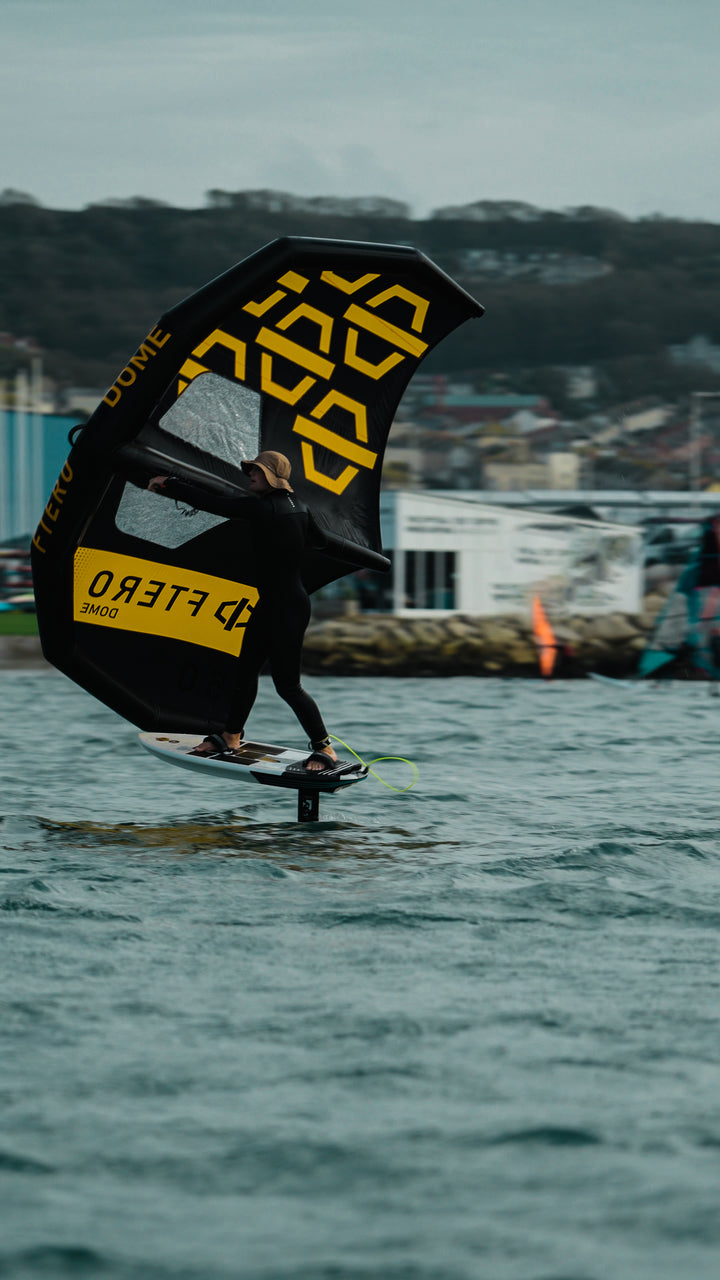

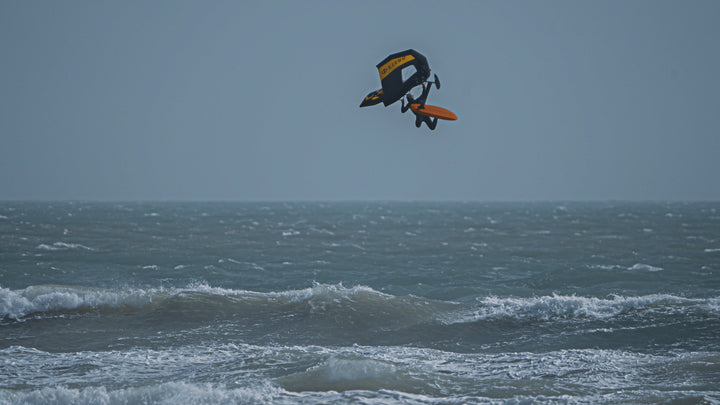
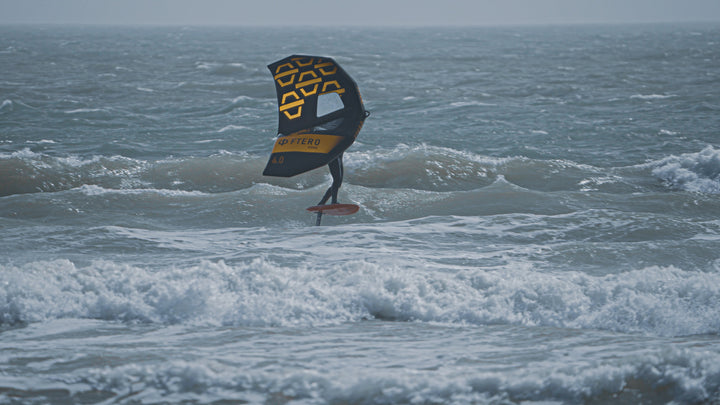


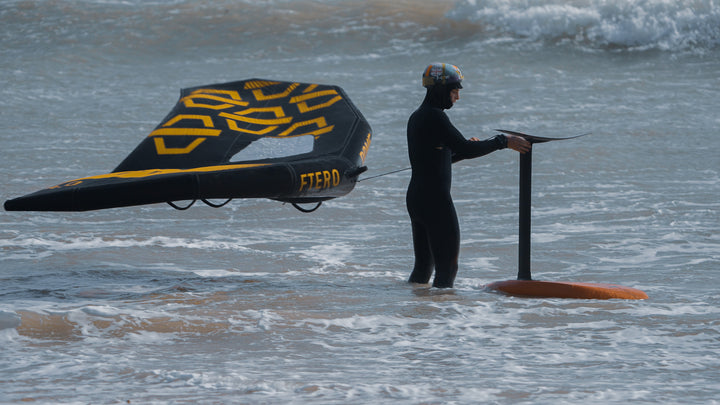

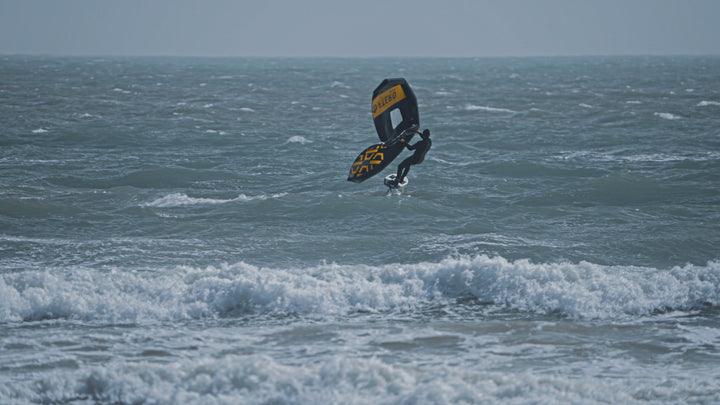
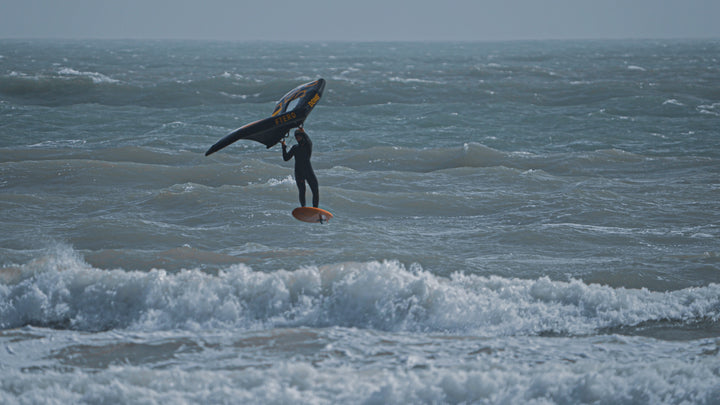
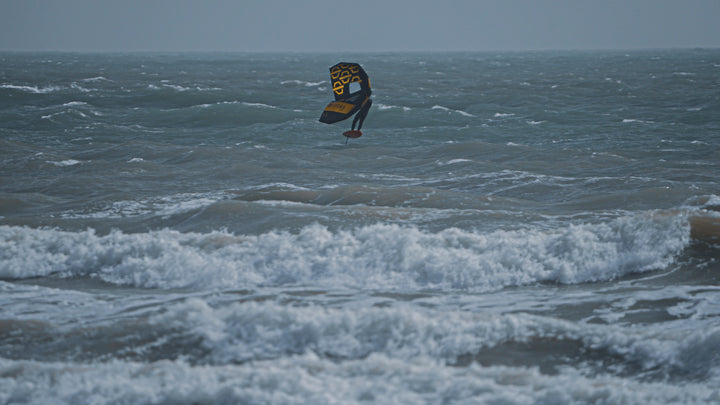
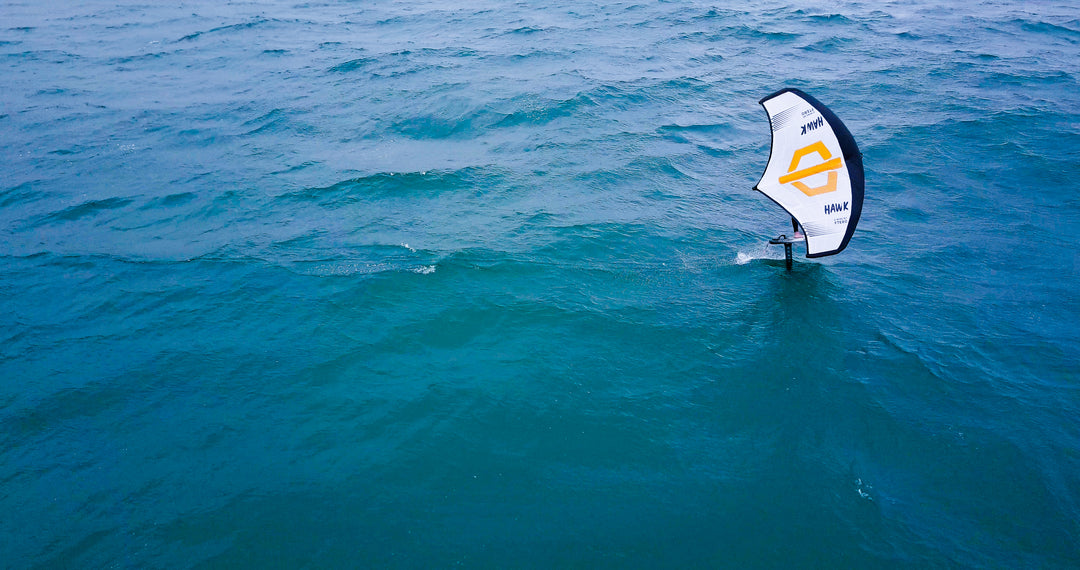
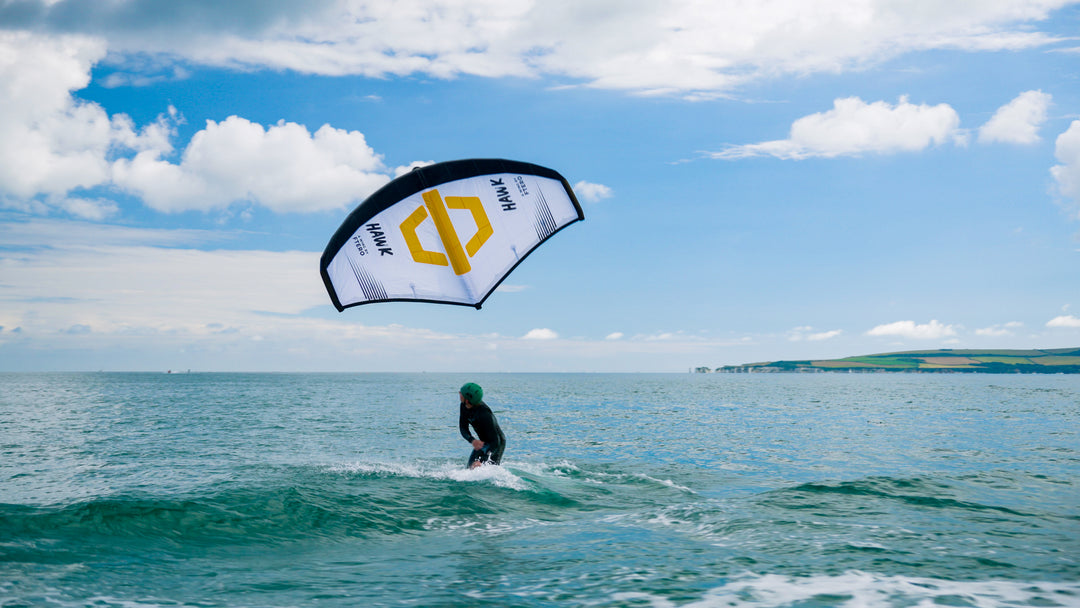
Dejar un comentario